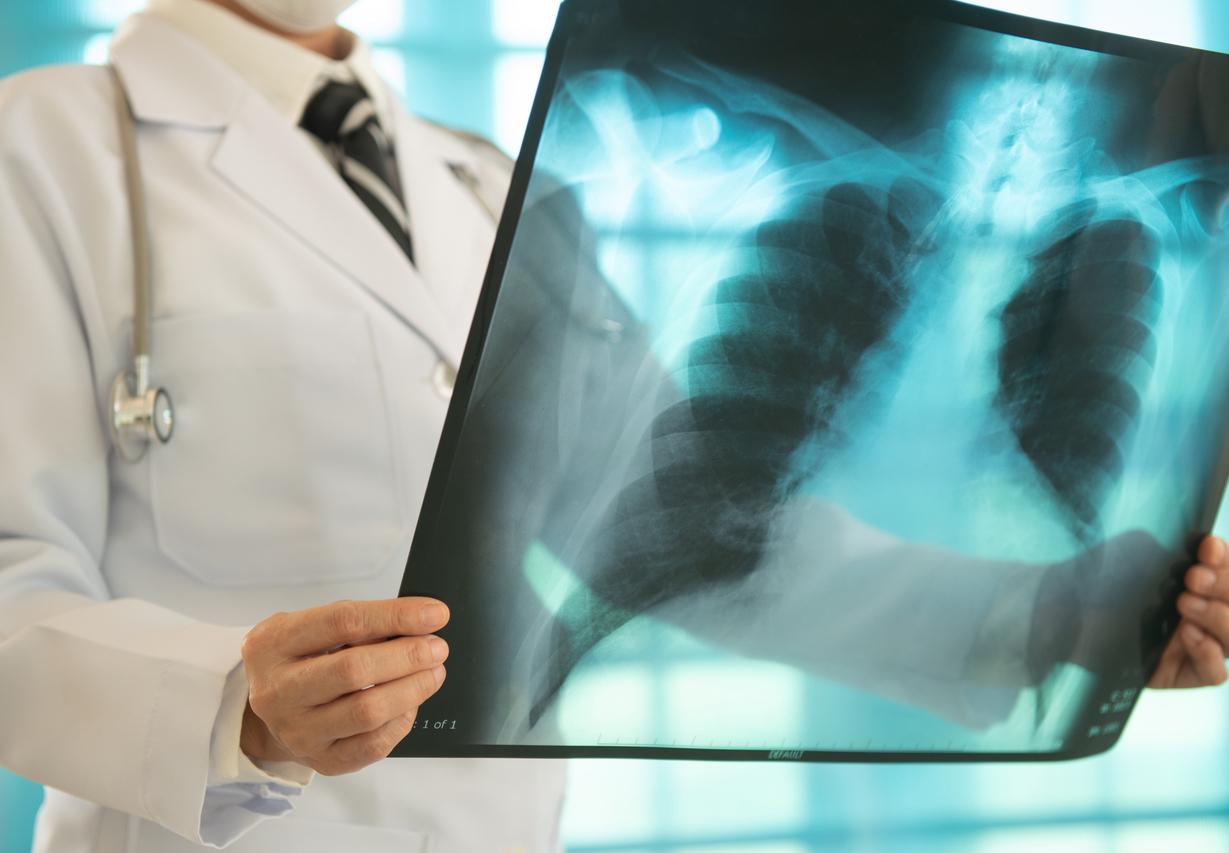On the occasion of the World NASH Day, June 12, let’s go back to what characterizes this liver disease that affected Pierre Menès. NASH means “non alcoholic steatohepatitis” or in French: non alcoholic steatohepatitis. She is also called “fatty liver disease“, or “soda sickness“.
What are the stages of fatty liver disease (NASH)?
NASH is therefore a liver disease that is not caused by excessive alcohol consumption. It is characterized by a accumulation of fat in the liver. There are several “grades” of the disease.
The liver is the largest organ in the human body. It is he metabolizes nutrients, which synthesizes proteins, which produces bile and which stores glycogen (which provides energy to cells). When the liver is healthy, it contains a maximum of 5% fat.
The first grade of the disease is called “steatosis” : this is the moment when the excess calories can no longer be processed by the liver and are stored in it in the form of lipids. At this time, the liver contains more than 5% fat and changes color: it goes from red to pale yellow.
The next step is called NASH: this is the stage where the accumulation of fat is too important. The liver is in permanent inflammation and the cells are degrading. This creates a phenomenon called “ballooning”, because their degradation causes swelling of the abdomen.
Finally, the final stage is that of cirrhosis. Not all liver diseases lead to it if caught in time. cirrhosis is caused by inflammation and ballooning, which forms non-functioning scar tissue (fibrosis). At one point, the fibrosis is such that the liver no longer functions. This can lead to liver cancer, or loss of liver function leading to death.
What are the risk factors?
Fatty liver disease is what is called a “disease of the modern lifestyle”. That is to say, it is very often the result of bad eating habits. In general, NASH is caused by a chronic excess of calorie intake and a lack of physical activity coupled. There are other types of liver disease due to excessive alcohol or heavy drug treatment.
It is estimated that nearly 8 million French people have a fatty liver, i.e. 1 in five people. Among them, 200,000 would be at an advanced stage. “This proportion of foie gras in France could increase by 60% within 10 to 15 years“, explained to the Parisian the professor Boursier at the CHU of Angers, in July 2019.
NASH can be linked to hypertension, the presence of heart disease, high levels of lipids in the blood. It can be seen that it frequently results from a diabetes type 2, obesity factors or even a insulin resistance. People with these types of symptoms are called to get tested.
What are the symptoms of NASH?
The problem with this disease is that it does not cause no actual symptoms. It is often discovered at an advanced stage, when it is too late to react. That is to say at the moment when the jaundice, oedemas, digestive bleeding or very great fatigue. At this stage, it is no longer a question of a small excess of fat in the liver but of a well-established NASH.
To diagnose it, blood tests and medical imaging can help but are not sufficient. He is necessary to perform a puncture in the liver: this is called a liver biopsy.
How is NASH treated?
There is currently no treatment for NASH. More than 40 molecules are currently being tested, but nothing has yet been marketed. Caught early enough, non-alcoholic fatty liver disease can be slowed and brought under control with a low-calorie diet and exercise. If taken too late, it may cause loss of liver function and requiring a liver transplant.
Read also:
- Nearly one in five French people have too fatty liver
- NASH: the intestinal microbiota may play a role in fatty liver disease
















